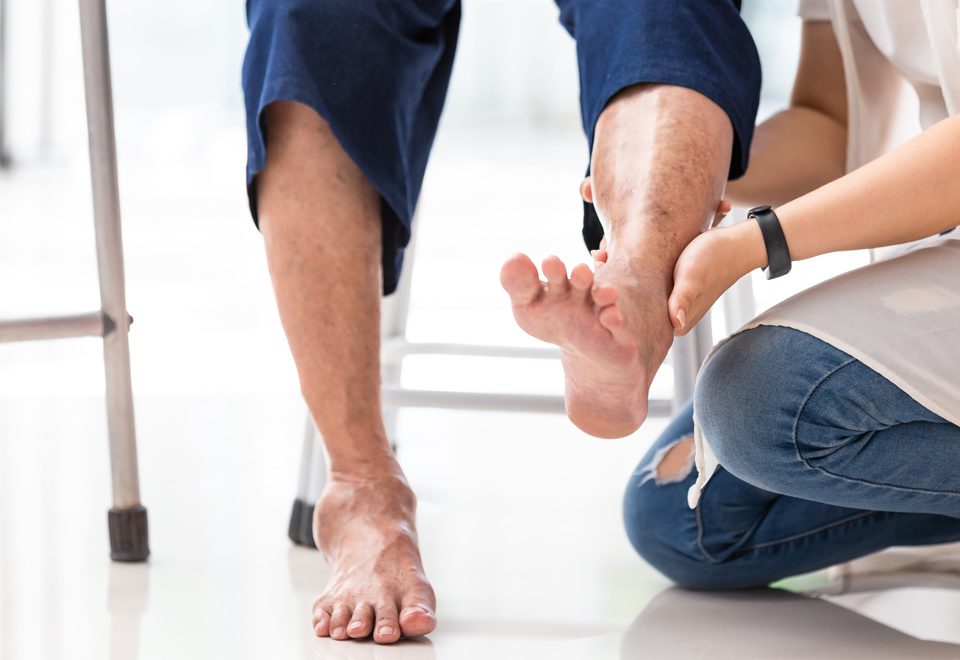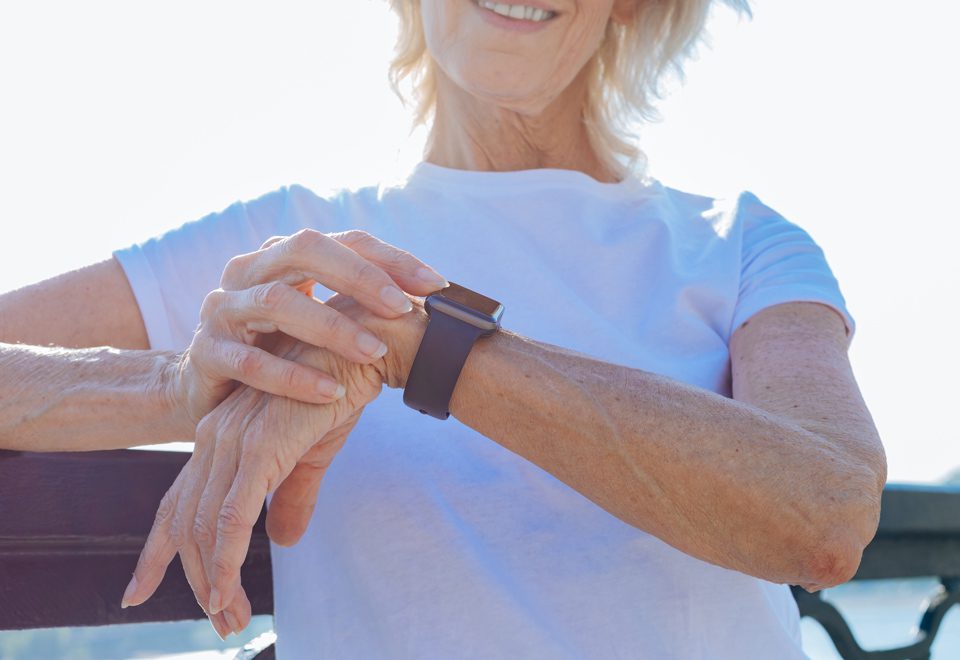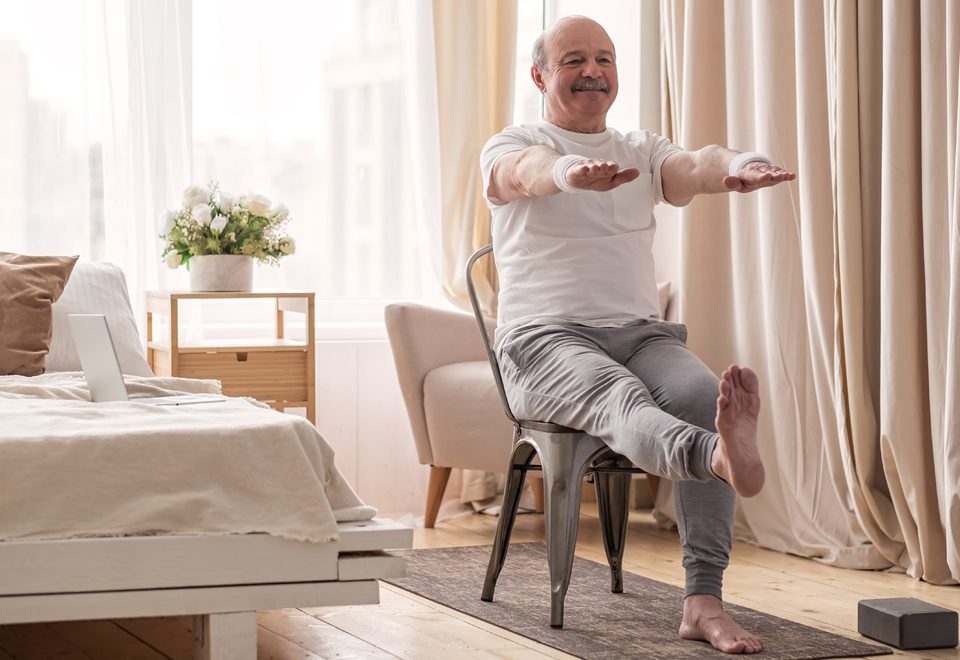Regaining your fitness post-stroke
A stroke can affect how well you move, balance, stand and walk. Thus, a stroke affects your ability to improve or regain your fitness, along with managing everyday tasks such as dressing, standing from a chair or walking outdoors in the community.
Exercise post-stroke will also improve your fitness, your general health and can reduce your risk of having another stroke.
National Stroke Awareness week is a time for us to raise awareness and learn more about stroke and what we can do post-stroke.
If you have been experiencing fatigue, depression or pain since your stroke, regular exercise may help.
ACH Group’s physiotherapist – Sophie Gee has put together some main points to consider when returning to exercise post-stroke.
Don’t risk it!

You should always check with a qualified health professional (GP or other medical practitioners) before commencing any new exercise program.
This ensures you can exercise safely and without having any adverse effects on your health.
Have a personalised program post stroke
As a stroke affects every individual differently it pays to work with a Physiotherapist (Physio) or Exercise Physiologist (EP) to develop an exercise program that is tailored to you.
Your Physio or EP will assess your personal goals, medical condition and ability, which means that you will have a program that is safe and effective for you.
An individualised program to address the effects of your stroke, including:
- Specific exercise to strengthen weak muscles,
- Improving balance and co-ordination,
- Stretching to maintain or improve movements in your joints,
- Addressing aerobic fitness
Aerobic fitness should include aerobic exercises of 20-60 minutes, 3 times a week, strength training, balance specific exercises.
Regular reviews of your program will ensure that you are doing your exercises properly – for both safety and effectiveness.
They allow for adjustments to the level of challenge to help you progress toward your goals.
Listen to your body

Supervised programs allow for exercise to be monitored and ensure you exercise safely.
When exercising you should stop if things start to feel wrong in your body, you feel pain, or you have difficulty breathing and check with a health professional before commencing again.
They can review your exercise and modify it as indicated.
Remember: only do exercises that are within your abilities.
The benefits of exercise outweigh the risk of injury as long as they are done safely.
Safety first
Consider the environment you plan to exercise in to ensure it meets your needs and is safe.
You need to consider access to the gym or a place you plan to exercise (pool, outdoors), getting on and off equipment, supervision to assist with setting up and/or to ensure exercises are completed safely.
Find your motivation

Exercise can be repetitive and hard work at times, however, there is a lot of research to show those exercise benefits people who have had a stroke.
Finding what motivates you to exercise will help you keep at it for the long term.
Things to consider:
- What works best to keep you motivated?
- Do you have a favourite type of exercise?
- Do you like to listen to music while you exercise?
- Do you prefer to exercise alone or in a group environment?
Try setting weekly goals and reward yourself when you reach them.
Keep it fun, this helps keeps you motivated and stay on track to achieve your goals.
What types of exercises I can do post-stroke?

Here’s a quick guideline including the types of exercises you can do and why they can help improve your health and wellbeing post-stroke.
Endurance (aerobic)
Including aerobic exercises in your routine helps improve your heart and lung fitness reduces fatigue and increases your energy to be active throughout your day.
Strength
Strengthening exercises help your muscles, making it easier to do everyday things like climbing the stairs, getting up from a chair and carrying groceries.
When the muscles are strengthened, they can provide better support for the joints which helps reduce joint pain in the long run.
Balance
Balance exercises will help you improve stability and mobility.
These exercises will help you move about in your home and in the community and reduce your risk of falls.
Did you know ACH Group offers balance classes at our Health Studio?
Stretching
Stretching helps your muscles relax and keeps your joints mobile so that you can manage everyday tasks like dressing or reaching for items and any pain you may have.
ACH Group services to help you regain your fitness post-stroke
ACH Group offers a wide range of allied health services including dietetics, podiatry and exercise physiology to help support you to live well as you age.
We specialise in health and wellbeing for ageing bodies and our qualified health specialists will work with you on a personalised plan to help you achieve your health goals.
Contact us on 1300 22 44 77 and speak to our friendly team and find out how we can help.




